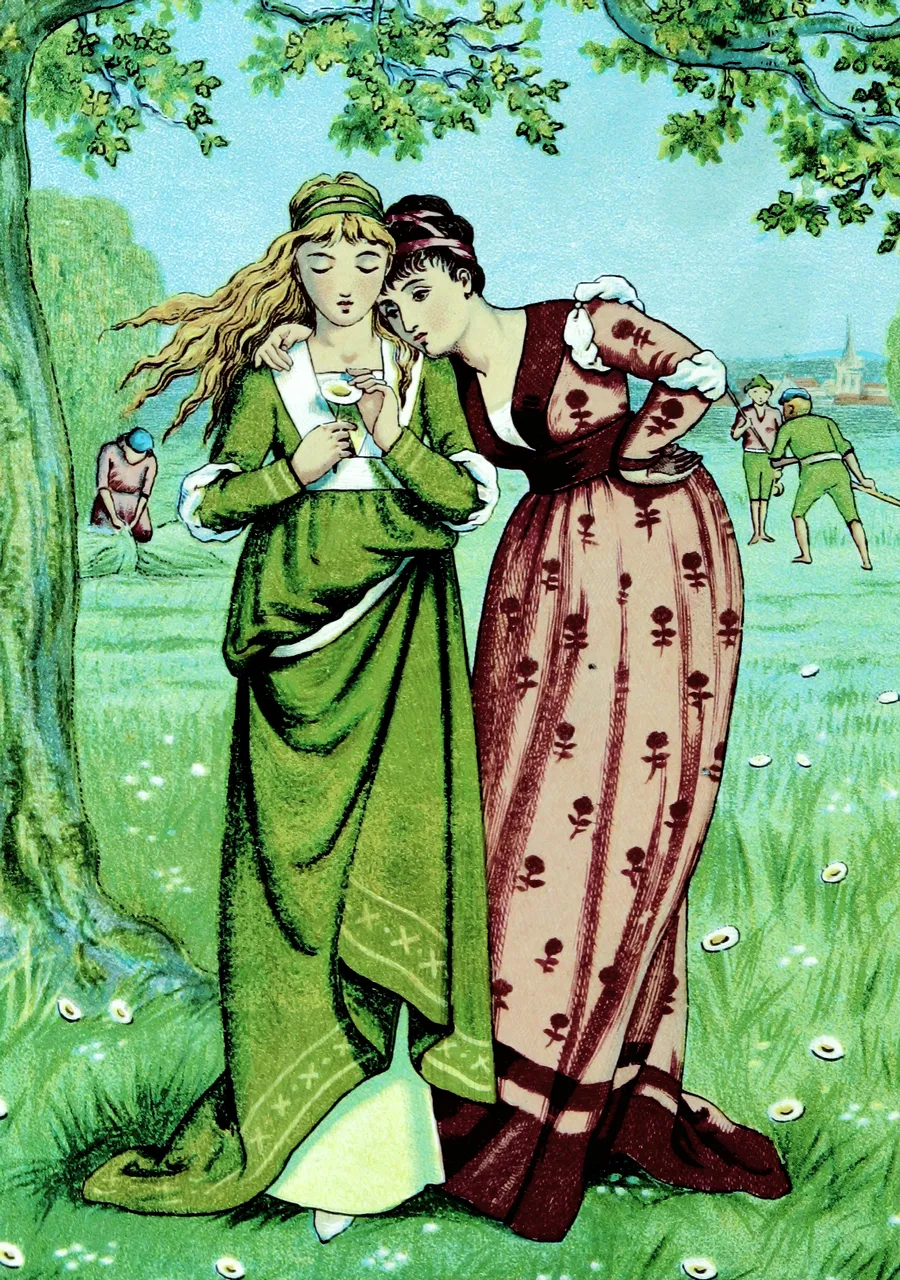If someone says about your writing that is for too much “telling,” that means you need to provide substantial details or a strong narrative impact to make the reader feel something about what you want to express. Before I focus on some practical strategies, I want to share some important aspects to explore the origins of “show, don’t tell” as a writing trick, since it’s not often discussed or less discussed.
“Show, don’t tell” is a phrase you’ve probably heard often in the writing community. It is often used in many literary mediums like movies, animation or even performative arts which entirely relies on showing the audience the equation without giving them the answer. And it is truly important to keep in mind that why that approach is effective: “Storytelling without dialogue.
When it comes to “showing,” sensory details play a vital role. Engage your reader’s senses by describing what characters see, hear, smell, taste, and touch. Our willing suspension of disbelief fills the gap between our imagination and reality. Instead of saying, “The room was messy,” show the cluttered desk with papers spilling over the edges, the faint scent of coffee lingering in the air, and the creaking floorboards underfoot. Sensory immersion allows readers to step into the scene, creating a more vivid and memorable experience.
However, you don’t always need to “show” instead of tell. The art of fiction does not begin until the author thinks of his story as a matter to be shown, to be so exhibited that it will tell itself.” Good writing invites the reader to visualize the scene and experience the emotions themselves rather than being told how to feel.

Telling is useful for quickly conveying the passage of time or presenting important facts to the reader without belaboring the point. Make the audience put things together. It will help your audience to compile the subtle aspects together for a better understanding and creating the picture as a whole. We can't stop ourselves from wanting to complete the sentence and fill it in.
Another crucial aspect is action! Actions speak louder than words, especially in storytelling. Rather than explicitly stating a character’s personality traits, it reveals them through their actions. For instance, instead of saying, “She was brave,” show her standing up to a bully, volunteering for a dangerous mission, or comforting a frightened child. Actions provide insight into motivations, fears, and desires, allowing readers to connect with characters on a deeper level.
Realism aims to tell the stories of ordinary people with complete honesty rather than romanticizing them. I picture an Indian girl; I might picture her hair as yellow, and her face as yellow because she had been born in India and had always been ill in one way or another. This can create a vivid image of the girl for my reader towards a better understanding.
The key to making your audience care in fiction is to imply your meaning rather than always pointing it out. In fact, all novels are a blend of telling and showing. That's your job as a storyteller, is to hide the fact that you're making them work for their meal. The same principle is true for other, non-visual modes of storytelling. And it fails to make me feel anything as a reader. If that is the case, all stories would be ridiculously long and filled with unnecessary descriptions.
Dialogue is a powerful tool for both showing and telling. While direct dialogue can convey information, subtext adds layers of meaning. Consider a heated argument between two friends. Instead of having one say, “I’m hurt,” show their clenched fists, trembling voice, and tear-filled eyes. The unspoken tension reveals more than the words themselves. Subtext invites readers to read between the lines, fostering engagement and emotional investment.
Telling is NOT inherently bad. Well, for one, this passage doesn’t actually paint much of a picture. It's not just that they're damn cute; it's because they can't completely express what they're thinking and what their intentions are. It's the purest form of cinematic storytelling.
We're born problem solvers! We're compelled to deduce and to deduct, because that's what we do in real life. It's this well-organized absence of information that draws us in. And it's like a magnet. Readers love the process of discovery and solving puzzles.
And thats it! Your story is almost done likewise mine. If this piece helps you a tiny bit for your creative thoughts and composing a better story, that will be my bounty. Thanks for your time and best wishes for you always.
With💙
©chrysanthemum